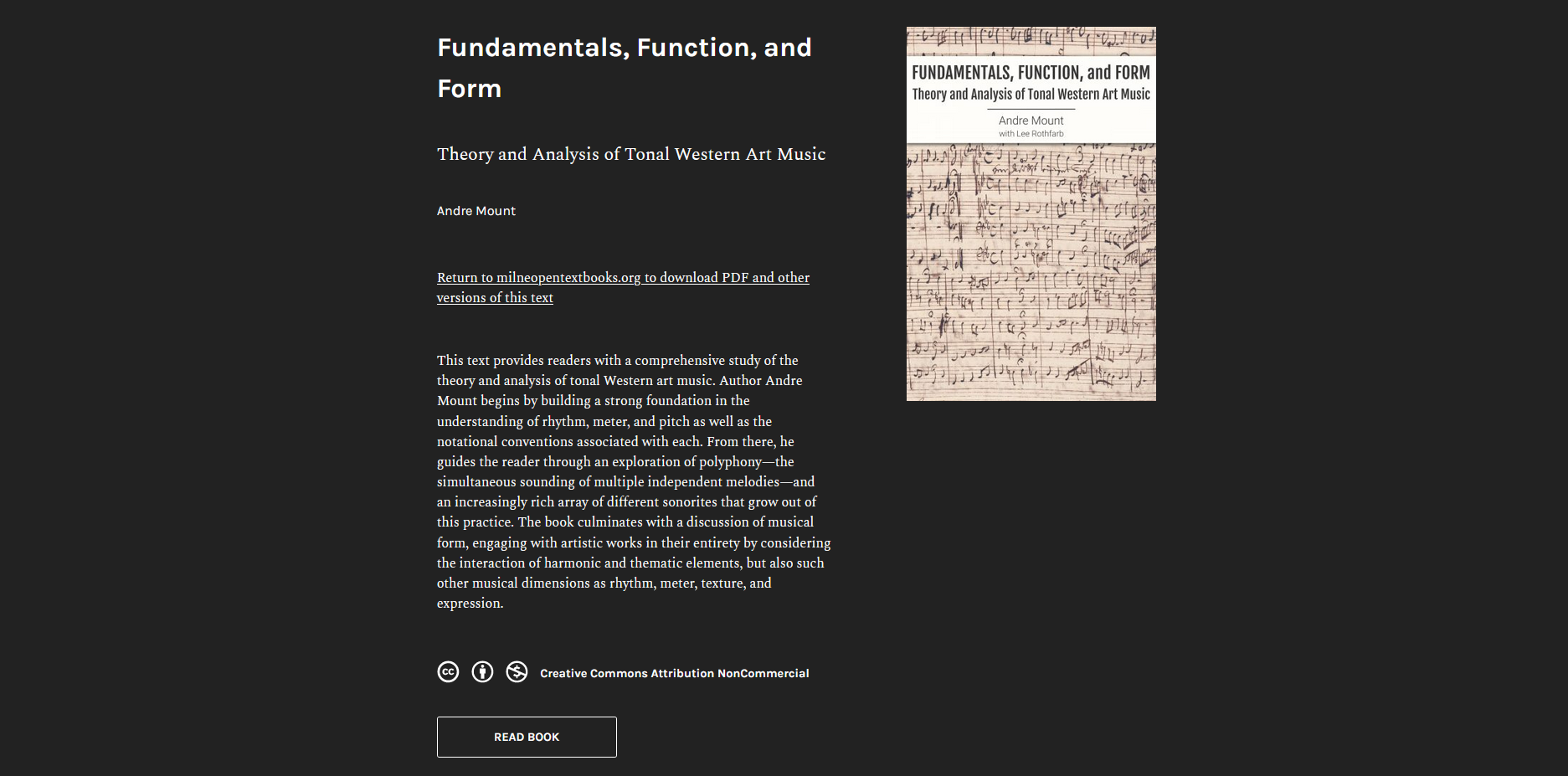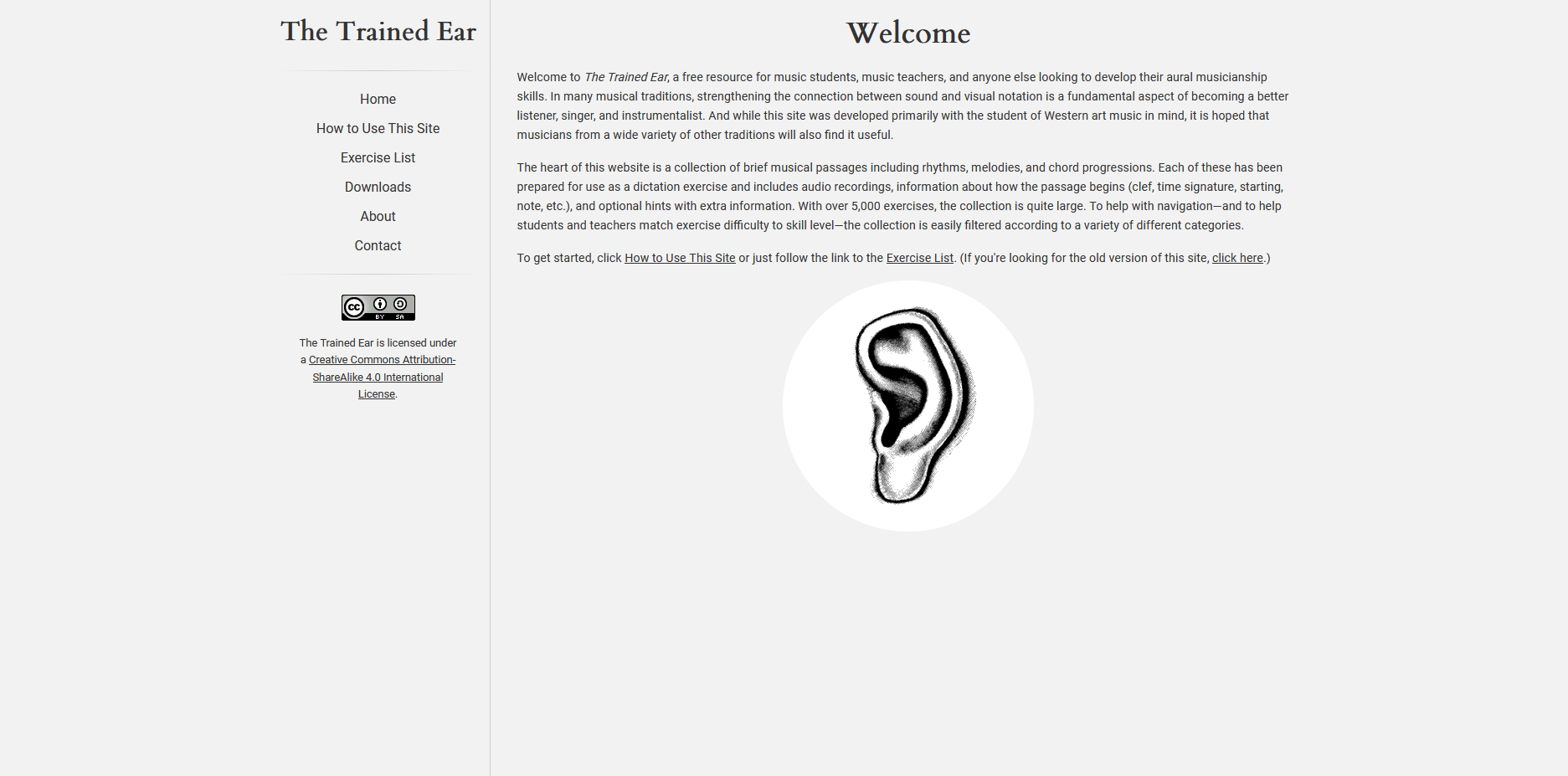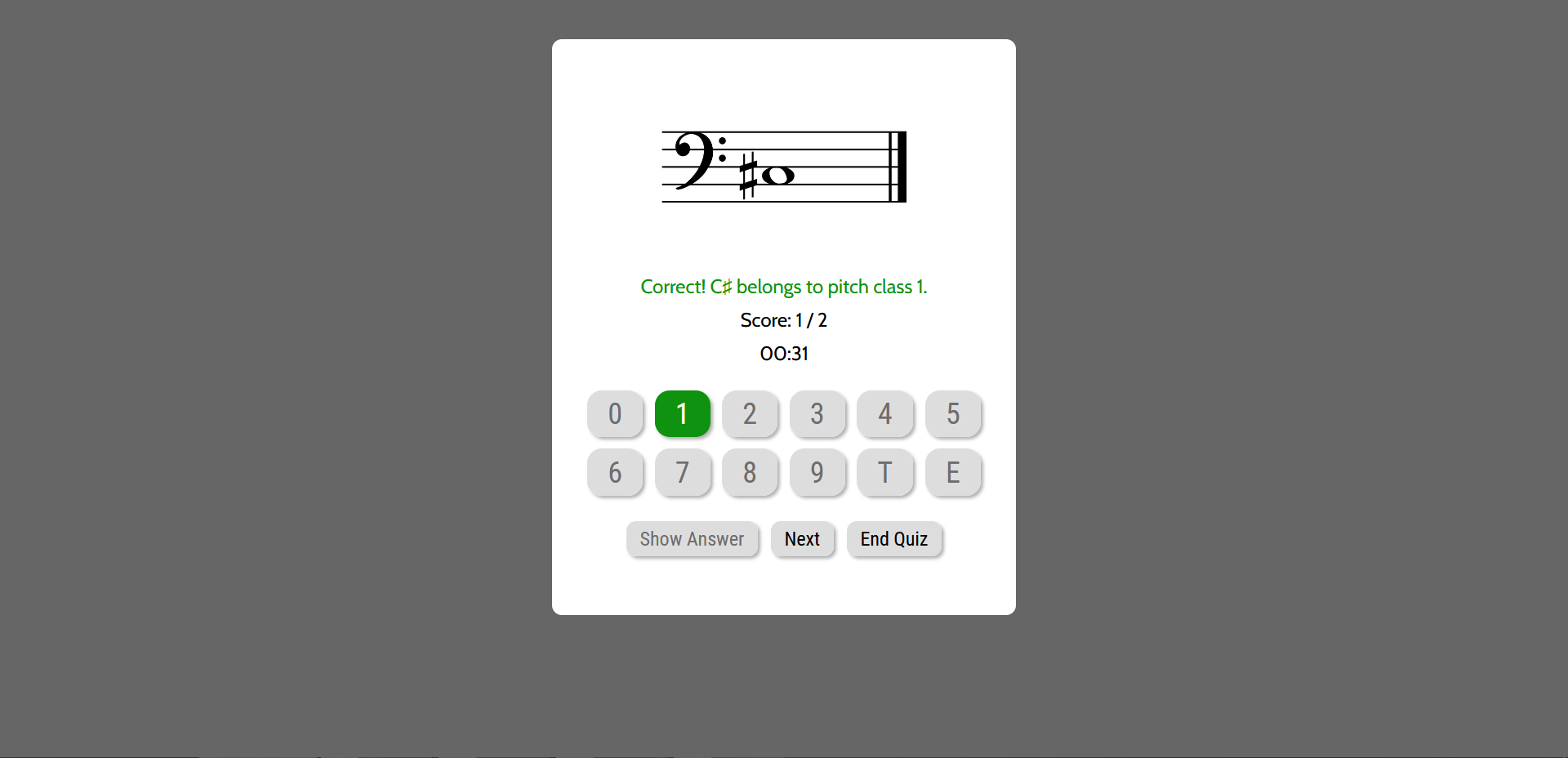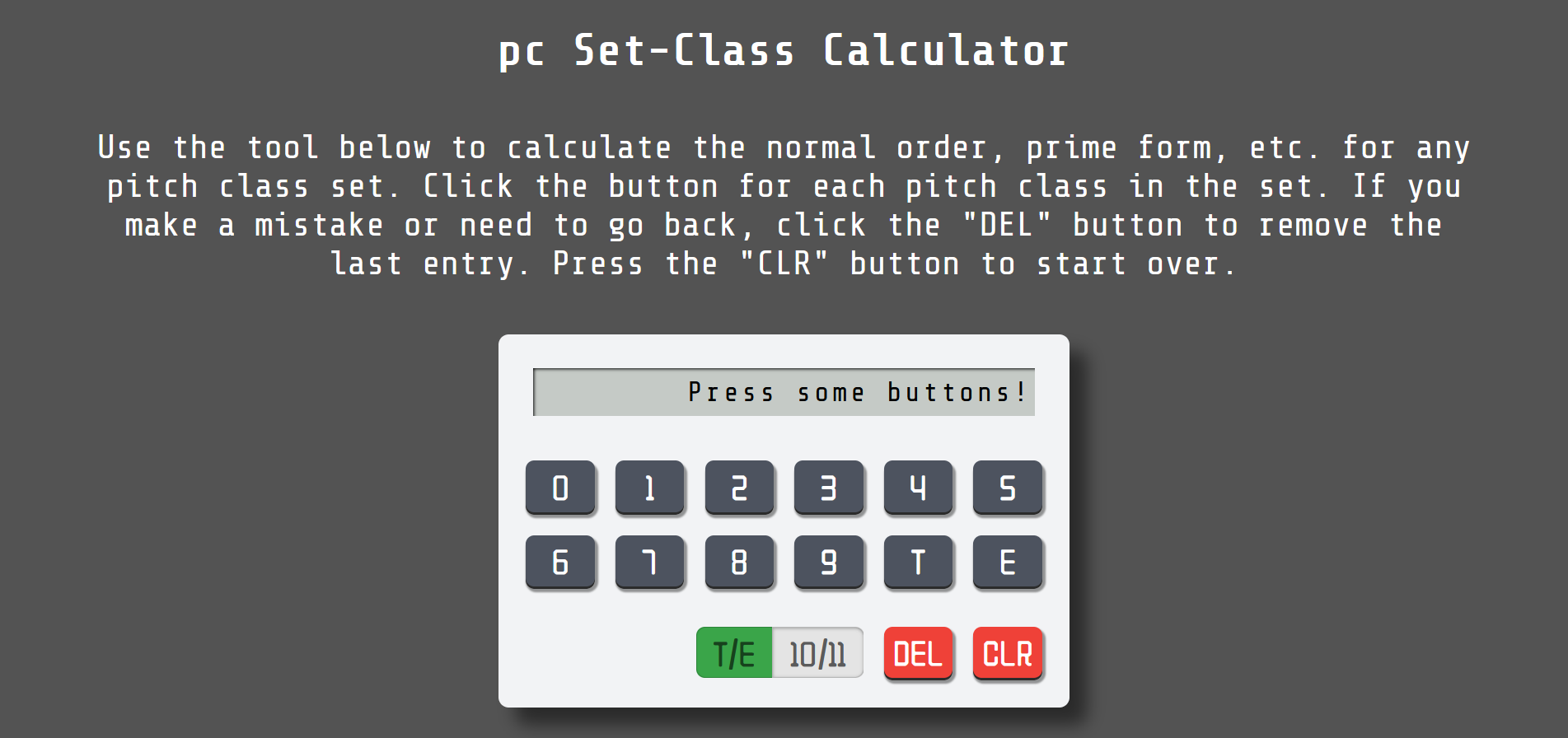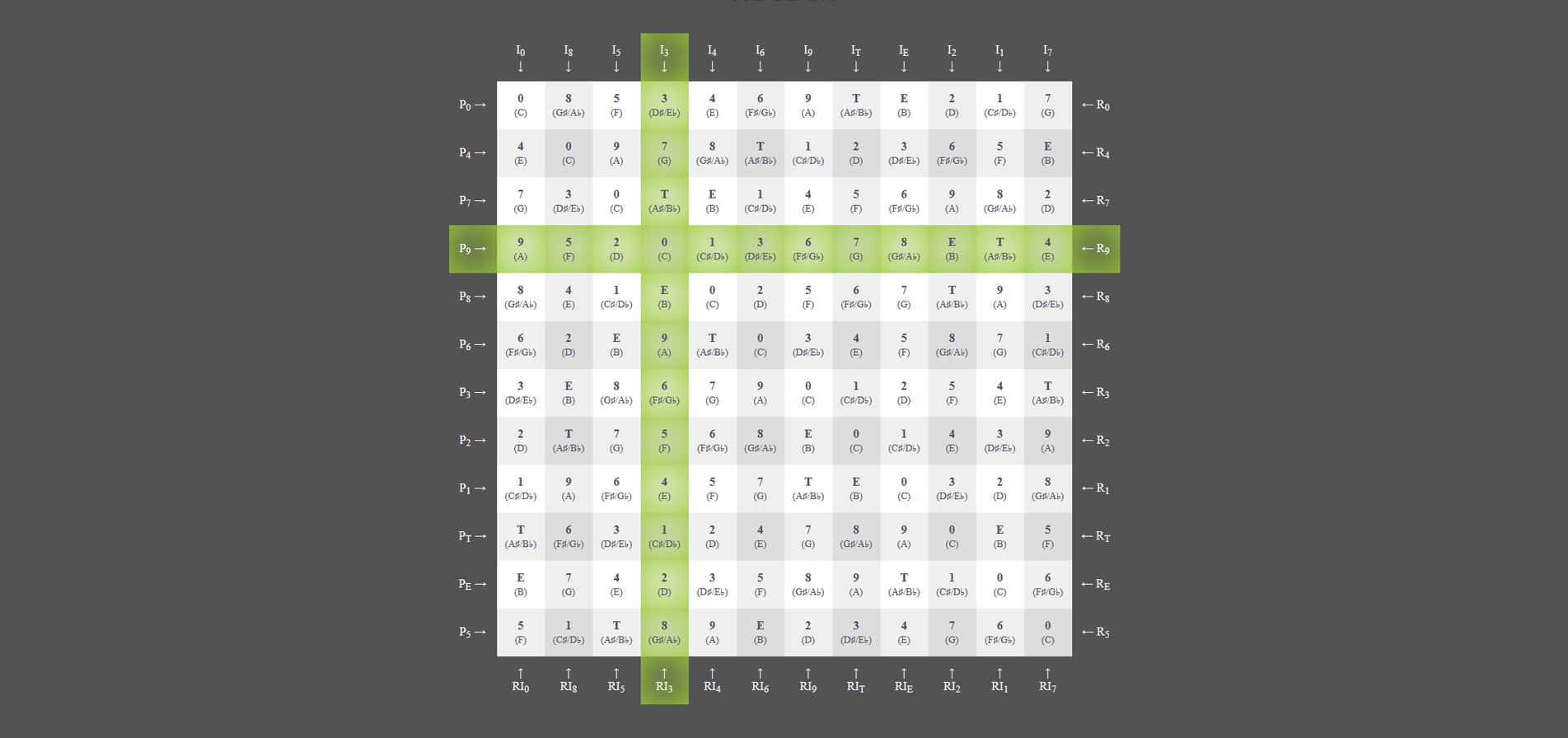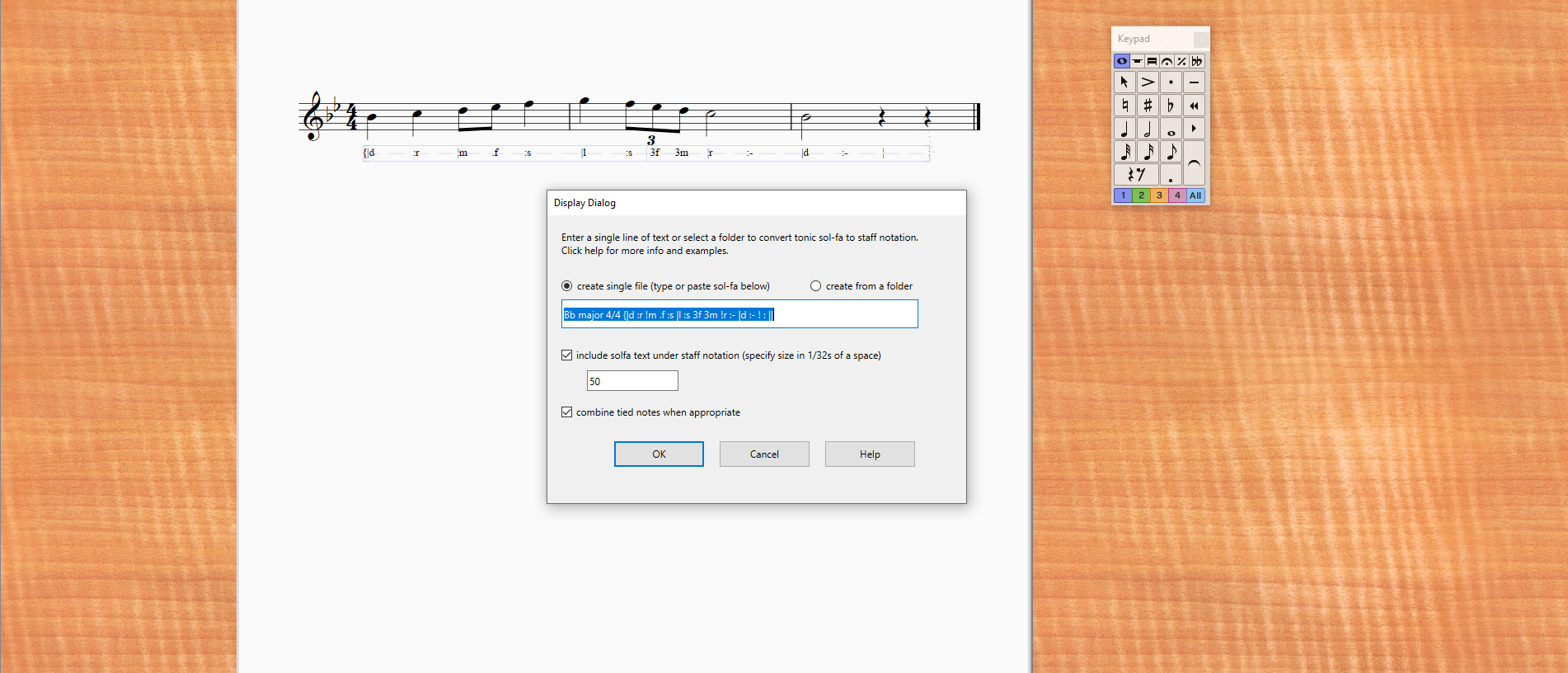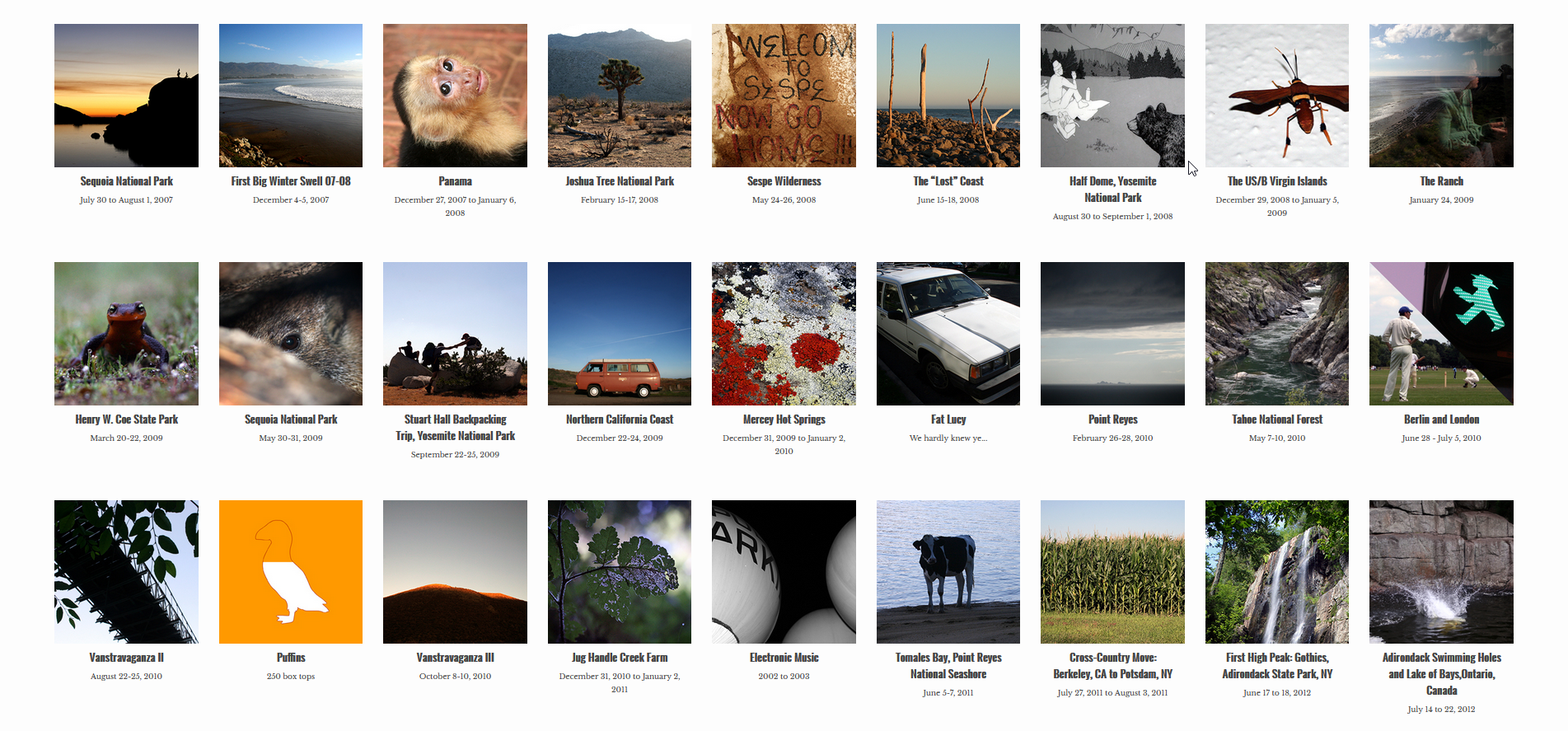Much of my career has been spent as a professor of music theory at the Crane School of Music, but I approach my work from many different angles: OER author, faculty support specialist, instructional designer, and coding enthusiast. Scroll on to see what I've been up to...
Experience
Online Faculty Fellow
In 2020, just before the COVID-19 pandemic hit North America, I was selected to serve as one of the founding members of the Online Faculty Fellows program at SUNY Potsdam. This initiative was established to support faculty with training and professional development in distance learning as well as provide peer review of online courses using the Open SUNY Course Quality Review (OSCQR) rubric. In addition to peer mentoring and acting as a liaising between teaching faculty and support staff during and after the shift to remote teaching, I co-designed and facilitated a faculty creditialing course in online pedagogy as well as numerous other professional development workshops.
Associate Professor of Music Theory
I joined the faculty of the Crane School of Music at SUNY Potsdam in 2011, serving first as assistant professor of music theory and then as associate professor beginning in 2017. My primary duties in this role were to teach core undergraduate courses in music theory and aural skills as well as upper-division analysis seminars. Beyond this, however, I have taken on many other roles on campus. I've served on committees charged with writing open-access and intellectual property policies, mentored new additions to the faculty, and coordinated student assessment tracking.
Big Projects
Fundamentals, Function, and Form: Theory and Analysis of Tonal Western Art Music
Building on work started at the UC Santa Barbara Music Department, I published a peer-reviewed OER textbook with Milne Open Textbooks (formerly SUNY Open Textbooks) in 2020. The text provides readers with a comprehensive study of the theory and analysis of tonal Western art music. Designed with both the The book begins by building a strong foundation in the understanding of rhythm, meter, and pitch as well as the notational conventions associated with each. From there, it guides the reader through an exploration of polyphony—the simultaneous sounding of multiple independent melodies—and an increasingly rich array of different sonorites that grow out of this practice. The book culminates with a discussion of musical form, engaging with artistic works in their entirety by considering the interaction of harmonic and thematic elements, but also such other musical dimensions as rhythm, meter, texture, and expression.
The text with over eight hundred musical examples which, in the online version of the text, include embedded audio files for immediate aural reinforcement of theoretical concepts. Most of these examples are drawn from the literature, including nearly 200 excerpts by women and composers from other historically marginalized groups. Readers are also given the opportunity to check their understanding of the text with interactive exercises at every step of the way. Fundamentals, Function, and Form was written with the undergraduate music student in mind, but self-guided readers would also be rewarded with a deep understanding of this musical tradition.
In 2021, I led a small team of authors in writing an accompanying workbook amounting to over 600 pages of drills, exercises, and composition activities. Like the texbook, this resource includes hundreds of examples drawn from historical compositions (though in this case, almost all were written by composers from underrepresented groups). Slated for release in summer 2022, the two books will provide an attractive alternative to packages currently offered by for-profit textbook publishers. We hope it will encourage more instructors to make the jump to OER.
The Trained Ear
The Trained Ear is an OER resource for music students, music teachers, and anyone else looking to develop their aural musicianship skills. In many musical traditions, strengthening the connection between sound and visual notation is a fundamental aspect of becoming a better listener, singer, and instrumentalist. And while this site was developed primarily with the student of Western art music in mind, it is hoped that musicians from a wide variety of other traditions will also find it useful.
The heart of this website is a collection of brief musical passages including rhythms, melodies, and chord progressions. Each of these has been prepared for use as a dictation exercise and includes audio recordings, information about how the passage begins (clef, time signature, starting, note, etc.), and optional hints with extra information. With over 5,000 exercises, the collection is quite large. To help with navigation—and to help students and teachers match exercise difficulty to skill level—the collection is easily filtered according to a variety of different categories.
Presentations
OER
-
Rebus Community Office Hours: "Facilitating Classroom Review of Open Textbooks," Rebus Community (February 2020).
-
"Writing the Revolution: OER Authorship Now and in the Future," OpenEd18 (October 2018).
Music
-
"Dude! It's so much more complex!: Modernist Aesthetics and the Electronic Dance Music Pedagogue/
Producer/ International Association for the Study of Popular Music US branch (IASPM-US), Canadian Congress of the Humanities and Social Sciences (May 2016).Consumer/ Critic," -
"Freak Encounters in the Free Press: Sharing Spaces in 1960s Los Angeles," KISMIF conference, Faculdade de Letras da Universidade do Porto (July 2015).
-
"Waiting for the Drop: Balancing Ambiguity and Danceability in Dubstep," Society for American Music conference (March 2013).
-
"Freaked Out Modernism: New Music and Radical Culture in 1960s Los Angeles," Music Department Lecture Series, University at Buffalo (April 2012).
-
"Happenings, Freak Outs, and Radical Reflexivity: Avant-Garde and Countercultural Overlap in 1960s Los Angeles," American Musicological Society conference (November 2011).
-
"Ugly Notes vs. Jazz-Rock Grooves: Frank Zappa's "Approximate" as a Site of Art/Pop Conflict," Music Theory Forum, UC Santa Barbara (January 2011).
-
"Laughter Over Tears: John Cage, Experimental Art Music, and Popular Television," Music and the Moving Image conference, New York University (May 2010) & Society for American Music conference (March 2011).
-
"Temporality, Intentionality, and Authenticity in Frank Zappa's Xenochronous Works," International Association for the Study of Popular Music US Chapter, Loyola University (April, 2010).
-
"Does Serious Music Belong in Pop? Borrowings from Stravinsky in the Music of Frank Zappa," Northern California Chapter of the American Musicological Society, Stanford University (February 2010) & West Coast Conference of Music Theory and Analysis, University of Washington, Eugene (March 2010).
-
"Aunt Jemima, Uncle Remus, The Kingfish, and Frank Zappa: A Linguistic and Musical Inquiry into Matters of Race in the Music of Frank Zappa" Music and Politics Conference, UC Santa Barbara (April 2008) & Don Wright Faculty of Music Graduate Student Symposium, University of Western Ontario (May 2008).
Publications
-
"Faculty Readiness to Teach Online," (forthcoming)
-
Fundamentals, Function, and Form; Student Workbook, Milne Open Textbooks (forthcoming, currently in review).
-
Fundamentals, Function, and Form: Theory and Analysis of Tonal Western Art Music Milne Open Textbooks (2020).
-
"Freak Encounters in the Free Press: Sharing Spaces in 1960s Los Angeles," Keep it Simple, Make it Fast, Vol. 2: Crossing Borders of Underground Music Scenes (Porto, Portugal: Universidade do Porto Faculdade de Letras, 2016), pp. 275-282.
-
"Grasp the Weapon of Culture! Radical Avant-Gardes and The Los Angeles Free Press," The Journal of Musicology 32.1 (Winter 2015), pp. 115-152.
-
"Multimedia Review: AllMusic.com," Journal of the Society for American Music 7.3 (August 2013), pp. 359-361.
-
"Zappa, Frank (1940-1993)" and "Silence in Music," Music in American Life: An Encyclopedia of the Songs, Styles, Stars, and Stories that Shaped our Culture, ed. Jacqueline Edmondson (Santa Barbara: Greenwood, 2014), pp. 1233-1234 & 1056-1058.
-
"Laughter Over Tears: John Cage, Experimental Art Music, and Popular Television," Music and the Moving Image 3.4 (Fall 2011), pp. 31-56.
Little Projects
pc Flash Cards
A simple JavaScript flash-card tool for students learning to convert staff notation into pitch-class numbers. Users are shown a note on a treble or bass staff and are asked to identify it by pitch-class number.
pc Set-Class Calculator
Another simple JavaScript tool for set-class analysis. Users enter pitch-class number and are shown the prime form, normal order, interval-class vector, and other information about the set.
matrix generator
A JavaScript tool for generating a 12-tone matrix.
Sibelius Plug-In
photoblog / soundblog / researchblog
Documenting the things I see and hear and do.
Personal Pages
I enjoy traveling whenever possible and like to pretend I'm a photographer when I do! This page has links to a number of trip-logs and other goodies.
